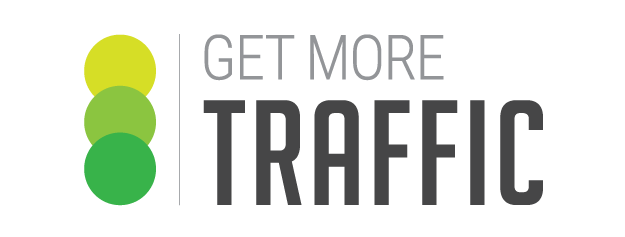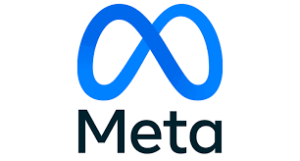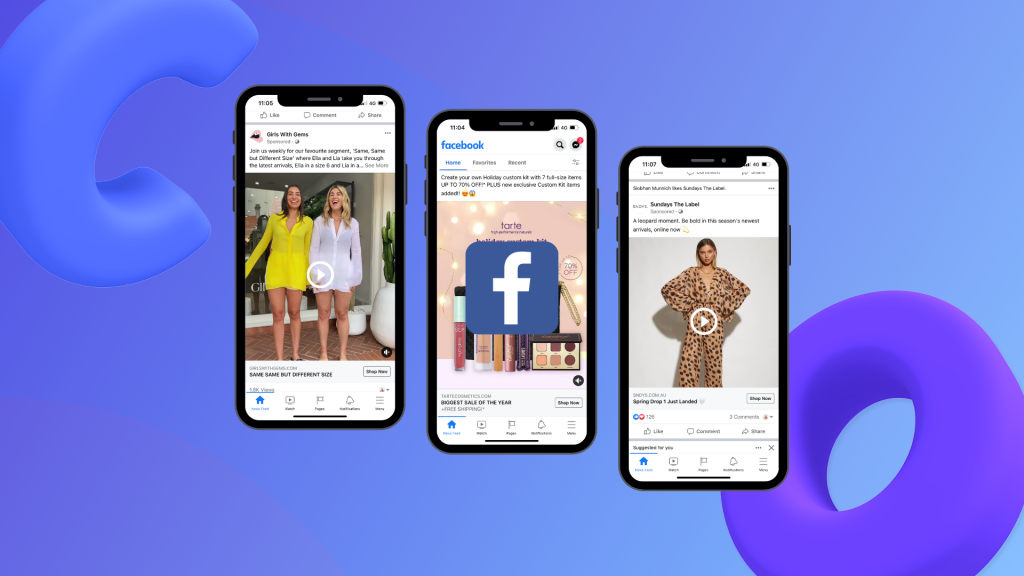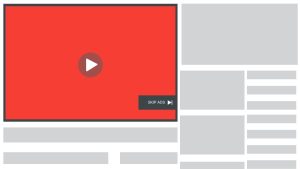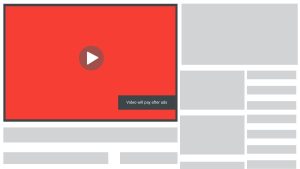Business Listing – The Best Directories For Your Brand
In this digital day and age, you’d be silly not to invest in online business listing directories.
Internet traffic now counts for a large majority of new business. When creating a listing, it’s important to include updated information about your business such as company hours (including special opening times for holidays), location, product or service information and, if possible, reviews and imagery. But even with this information, what if your business isn’t displaying on the right network? To help you decide, we’ve compiled a list of websites that could be useful for getting your brand name out to more motivated traffic which, in turn, will result in an increase of conversions and sales.
Google My Business
As the leader of all things search, Google should be your first choice when creating a business listing. Receiving over 40,000 search queries a second, Google outperforms every other search engine available today. Creating a listing on Google not only assists in helping more qualified traffic find your website but can boost your SEO rankings as well. Additionally, Google displays a map including directions, customer reviews and is optimised for mobile search.

Bing
As second in command, Bing Places For Business is another great tool when it comes to listing your business on the world wide web. Bing is especially useful for smaller businesses who can’t afford more expensive costs per click if they were to advertise on the platform. As a simple and easy to use alternative to Google, Bing can still offer the same advantages. Being the default search engine on desktops with Windows 8, Bing has millions of users and your business listing can have you in front of your ideal audience.
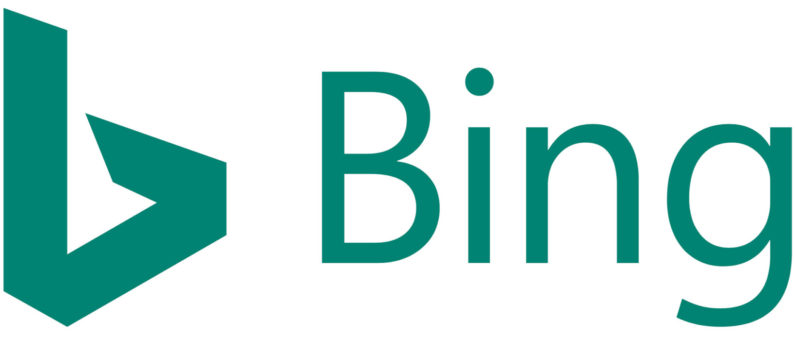
Yelp
Have you claimed your business listing on Yelp? With reviews being a large instigator in the sales funnel of potential customers, Yelp is often relied on as a local customer directory. Claiming your business listing allows you to interact with those leaving feedback and work on fixing any negative reviews you may receive (which can result in repeat customers). It’s a great tool for managing your online reputation and, of course, for bringing in online traffic.

Yahoo
While still pulling in millions of searches daily, Yahoo’s business listing differs slightly from Google and Bing. Although basic listings are free, Yahoo does charge you a fee to add images and a company description. Having implemented many changes over the years, the rumours that Yahoo is fading as a search engine giant is simply not true and can prove instrumental in boosting your SEO and web presence. When Google broke ties with Yahoo in 2004, it seemed as though things might have been heading severely south for the search engine giant, but they soon entered into a partnership with Bing and are still able to provide valuable traffic globally.
With an abundance of directories at your disposal, you’ll soon find the one that works best for your brand and industry. After learning the core advantages of each platform, you can optimise your business listing to receive the best benefits.
Contact our digital marketing experts at Get More Traffic today on 1300 332 256 and we can help you expand your online presence and optimise your business listing!
